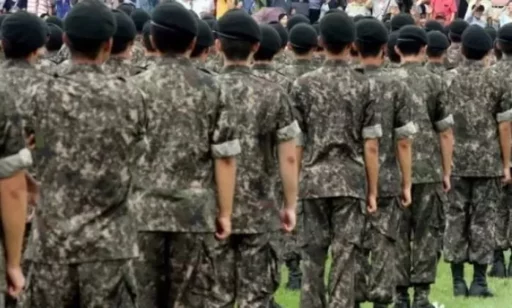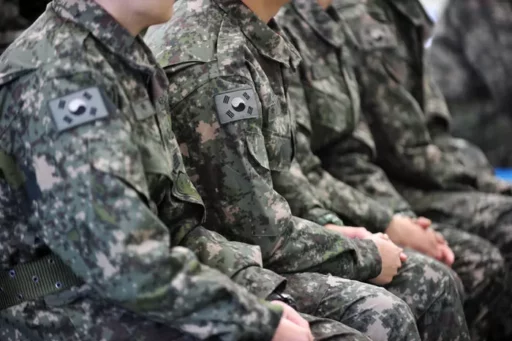Military Manpower Administration to Fully Implement Military Entrance Evaluation from July
On the 26th, the Military Manpower Administration announced that it will fully implement the Military Entrance Evaluation for all branches of the military, including the Army, Navy, Air Force, and Marine Corps, from July, following a phased expansion centered around the Army.
As a result, the determination of military service suitability is expected to be made more accurately and efficiently.
Previously, military conscripts had to receive the Military Evaluation and Entrance Physical Examination from different institutions.

The Military Evaluation, which determines the type of military service obligation for 19-year-old conscripts (active duty, reserve, etc.), is conducted by the Military Manpower Administration, while the Entrance Physical Examination, which verifies their suitability for military service after enlistment, is conducted separately by military units.
Background and Effects of the Military Entrance Evaluation
The Military Entrance Evaluation was introduced to improve this dual system.
By conducting physical and psychological examinations at local Military Manpower Administration offices just before enlistment, it allows for pre-verification of military service suitability, thus preventing the inconvenience of being sent home due to health issues after enlistment.
According to the Military Manpower Administration, the existing system required young people to undergo a complex process of being sent home if health issues were discovered during the physical examination at the enlistment unit, followed by a re-examination by the Military Manpower Administration before re-enlistment.
In this process, many young individuals faced disruptions in their academic or employment plans due to unexpected discharges.

To address these issues, the Military Manpower Administration implemented the Military Entrance Evaluation starting in 2021.
This has enabled more precise examinations by comparing previous medical histories with current health statuses using specialized medical personnel and advanced examination equipment.
Results of Pilot Operation and Future Plans
The results of the pilot operation over the past four years are noteworthy.
The Military Manpower Administration conducted Military Entrance Evaluations for 210,000 Army enlistment candidates and identified 11,000 individuals (5.3% of the total) who were deemed unsuitable for military service before enlistment.
This result significantly reduced wasted time and inconvenience caused by discharges.

Additionally, each military branch has seen a reduction in the burden of physical examination tasks, allowing them to focus more on military training and recruitment management, which has improved operational efficiency.
The Military Entrance Evaluation by the Military Manpower Administration consists of comprehensive hospital-level examinations across nine subjects and 59 items in 37 categories.
In particular, the psychological examination is designed with a four-stage assessment system to detect psychological vulnerabilities early, even for individuals with no history of mental health treatment.
The number of individuals subjected to the Military Entrance Evaluation is set to increase from 150,000 this year to 200,000 next year.
To meet the growing demand for examinations, the Military Manpower Administration plans to add a second Military Entrance Evaluation facility at the Gyeongin regional office (capable of examining up to 220 individuals per day) and begin full operations in July.
Kim Jong-cheol, head of the Military Manpower Administration, stated, "The full implementation of the Military Entrance Evaluation allows young individuals to check their health status before enlistment and receive necessary treatment, enabling them to serve with confidence regarding their health." He added, "We will do our best to ensure the successful establishment of this system through continuous improvement and infrastructure expansion."
Image sources: Reference photos for understanding the article / News1, Reference photos for understanding the article / gettyimagesbank

![[Breaking News] Special Investigation on Rebellion “Yoon Seok-yeol Refuses to Enter Investigation Room… Attempted to Resume Afternoon Investigation but Raised Issues”](https://wordkorean.com/wp-content/uploads/2025/06/thumbnail-858.webp)
